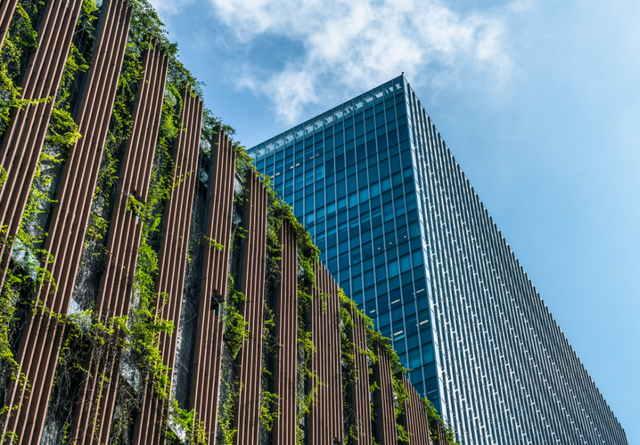How Can an Architecture Firm Set the Standard for Sustainable Construction
Is it possible to combine sustainability with beauty in contemporary architecture? Greener practices are now being adopted by many businesses. For the sake of our world, sustainable design is more than simply a fad. Urban environments may be transformed with environmentally friendly solutions from Oficina Arquitectura Valencia. Architects create a brighter future by using energy-efficient techniques and renewable materials. However, how can sustainability be really integrated?

Material Rethinking for a Greener Future
While conventional materials are bad for the environment, sustainable alternatives give us hope. Reclaimed wood and steel cut down on waste and energy use. Eco-friendly, long-lasting alternatives include hempcrete and bamboo. Low-carbon-footprint materials must be given priority by architects. Local sourcing boosts area economy and reduces transportation-related pollution. Everything changes when the correct materials are chosen.
Creating Less Wasteful Designs
Energy consumption in buildings may be reduced via design. Natural light and ventilation are maximized by smart architecture. Green roofs and solar panels lessen dependency on fossil fuels. Techniques for passive cooling reduce the requirement for artificial temperature control. Buildings with high-performance insulation use less energy and remain comfortable. Every choice creates a future that is more effective.
Conserving Water
Architecture contributes to the developing challenge of water shortage. Systems for collecting rainwater lessen reliance on municipal resources. Greywater recycling recycles water for toilets and irrigation. Permeable surfaces replenish groundwater and stop runoff. Water waste is reduced via low-flow fixtures without compromising comfort. Every drop is sustainable thanks to careful design.
Combining Design and Nature
Green areas are necessary for cities to flourish, and architects can design them. Living walls provide insulation and enhance the quality of the air. Unused space may be turned into urban havens with rooftop gardens. In urban environments, green corridors link animal habitats. Smart gardening lowers heat islands and cools cities. Cities are healthier when nature is included into their design.
Architects as Guardians of the Environment
Sustainability is a duty, not just a list of things to do. People's interactions with their surroundings are influenced by architects. Greener building standards are promoted by regulations and certifications. Designers may
assess and enhance sustainability efforts with the use of digital technologies. Long-lasting influence is ensured by cooperation between communities, engineers, and architects. Nature-respecting architecture is essential to the future.
Developing New Ideas for a Greener Future
A key component of sustainable architecture is technology. Energy and lighting are optimized using smart sensors. Temperatures are adjusted by automated climate control according to current circumstances. AI-powered design tools assist architects in producing more effective buildings. Construction is accelerated and material waste is decreased using 3D printing. Smart, technologically advanced solutions are essential to the future of green buildings.
Constructing for Nature and People
Sustainability is about people, not simply about stuff. Walkable communities cut down on pollution and reliance on cars. Communities with mixed-use areas are lively and productive. Hubs for public transit enhance urban movement and reduce pollution. Longer-lasting designs include climatic requirements and local culture. Both the environment and the occupants of the building must benefit from sustainable design.
Conclusion
Sustainable architecture is essential, not optional. The future of the earth is influenced by every design decision. Modern structures are being redefined by eco-friendly design, energy-efficient technologies, and green materials. Architects have the ability to create a world that strikes a balance between creativity and accountability. They create environments that benefit both people and the environment by embracing sustainability.